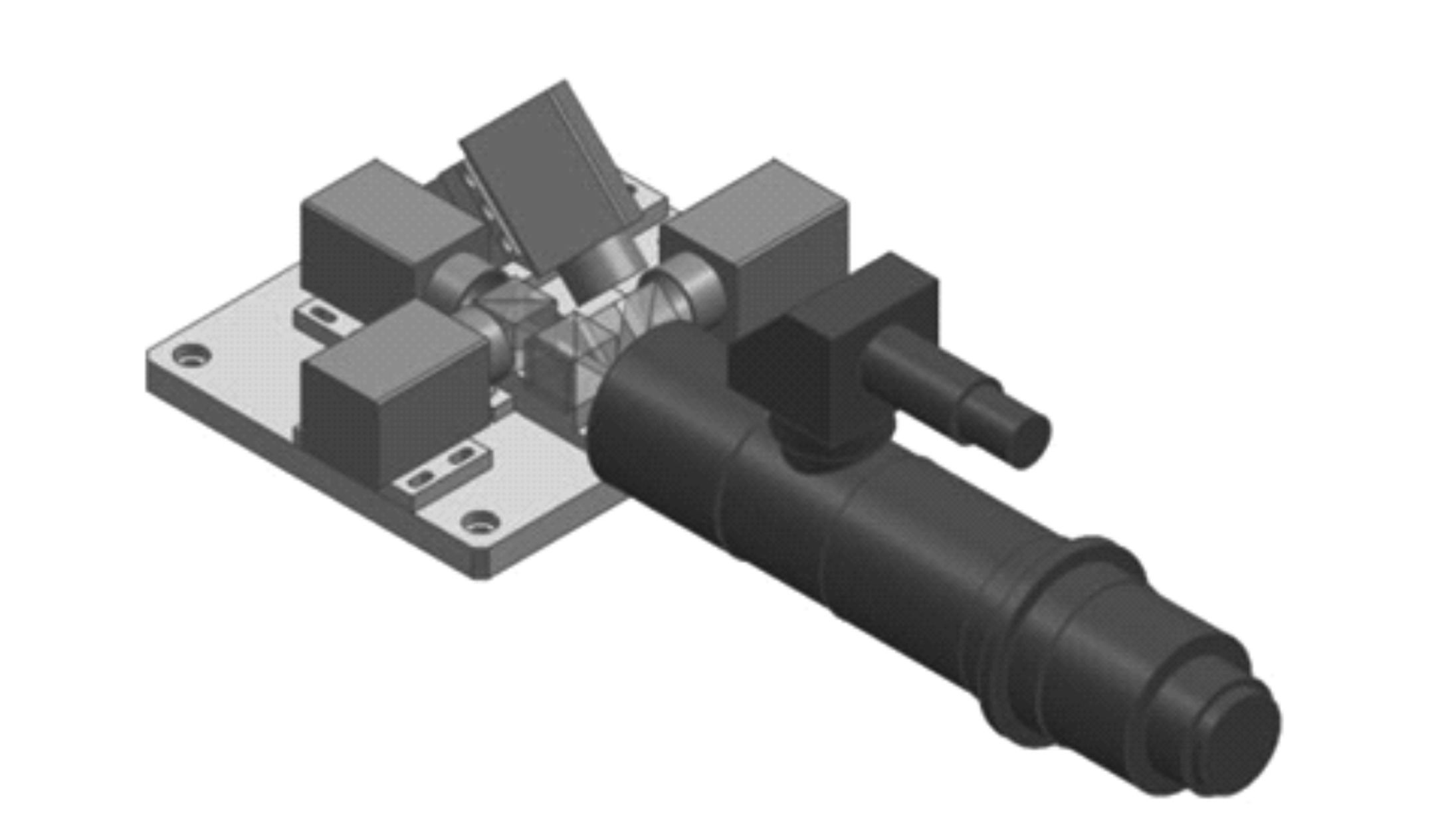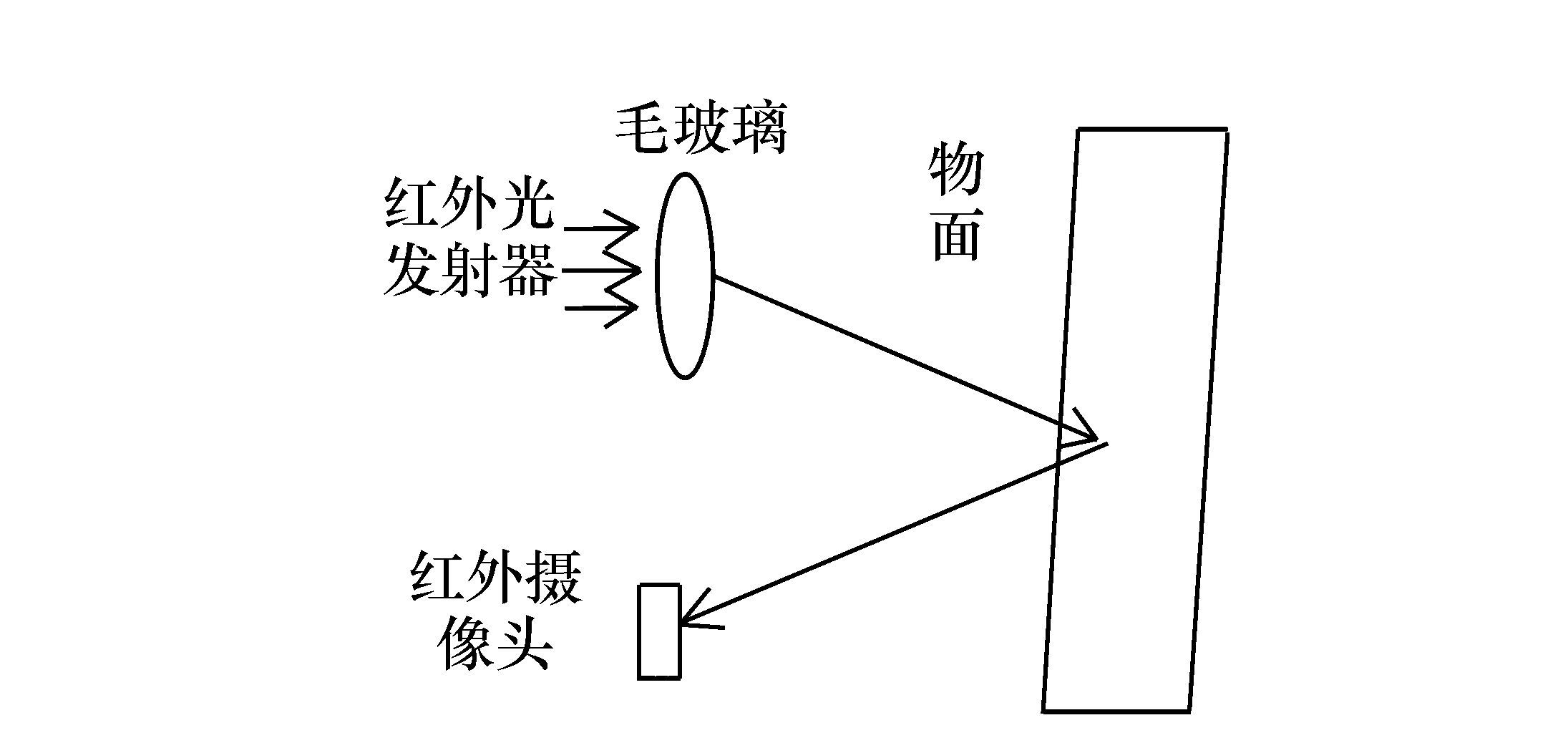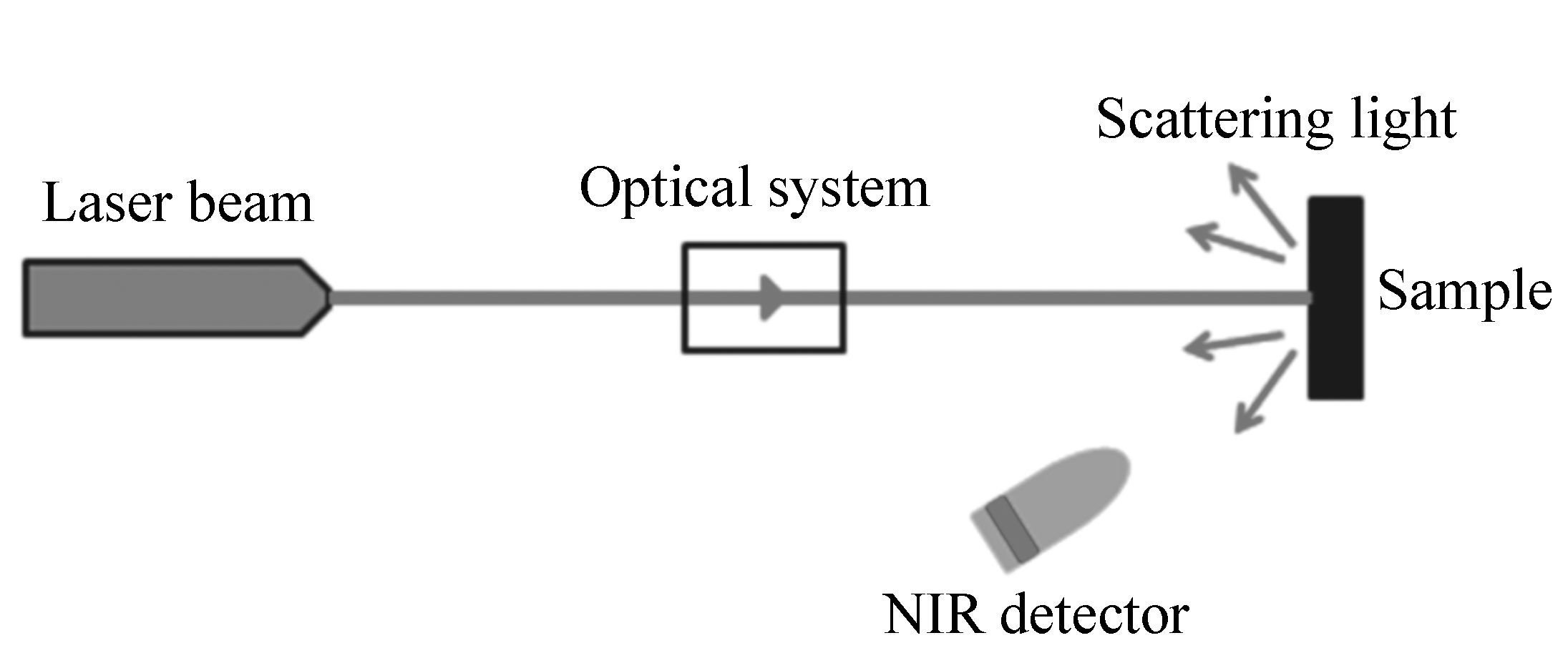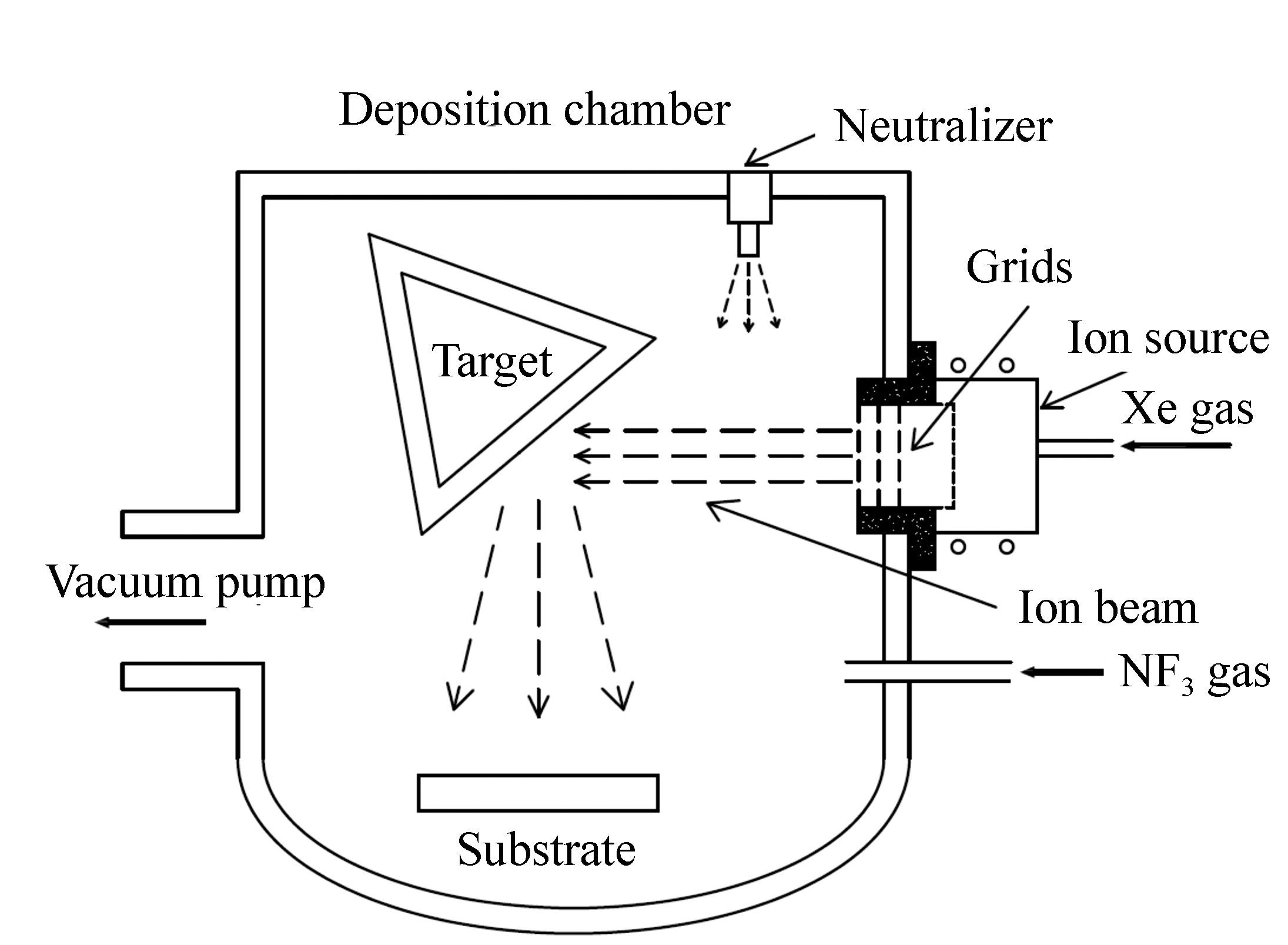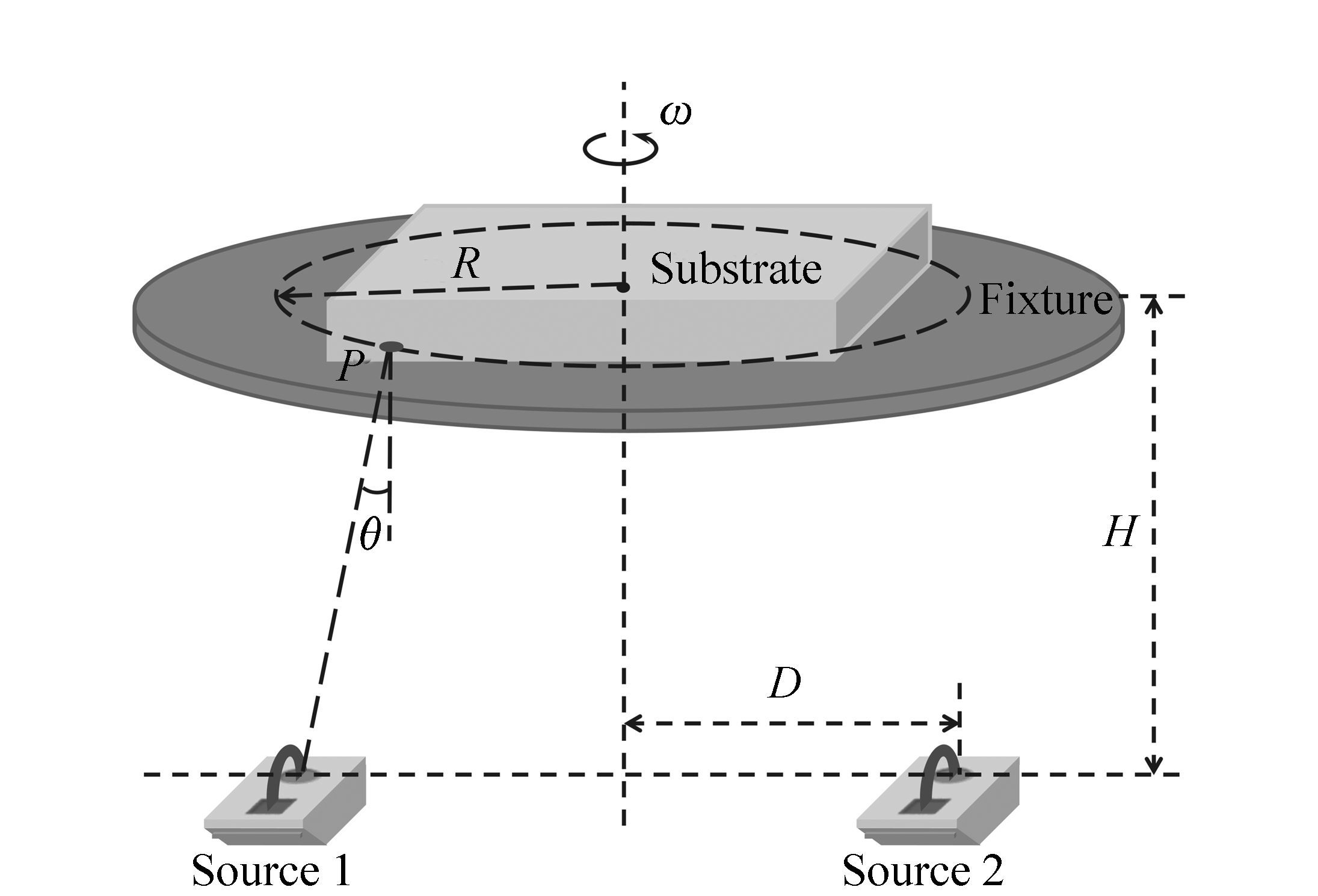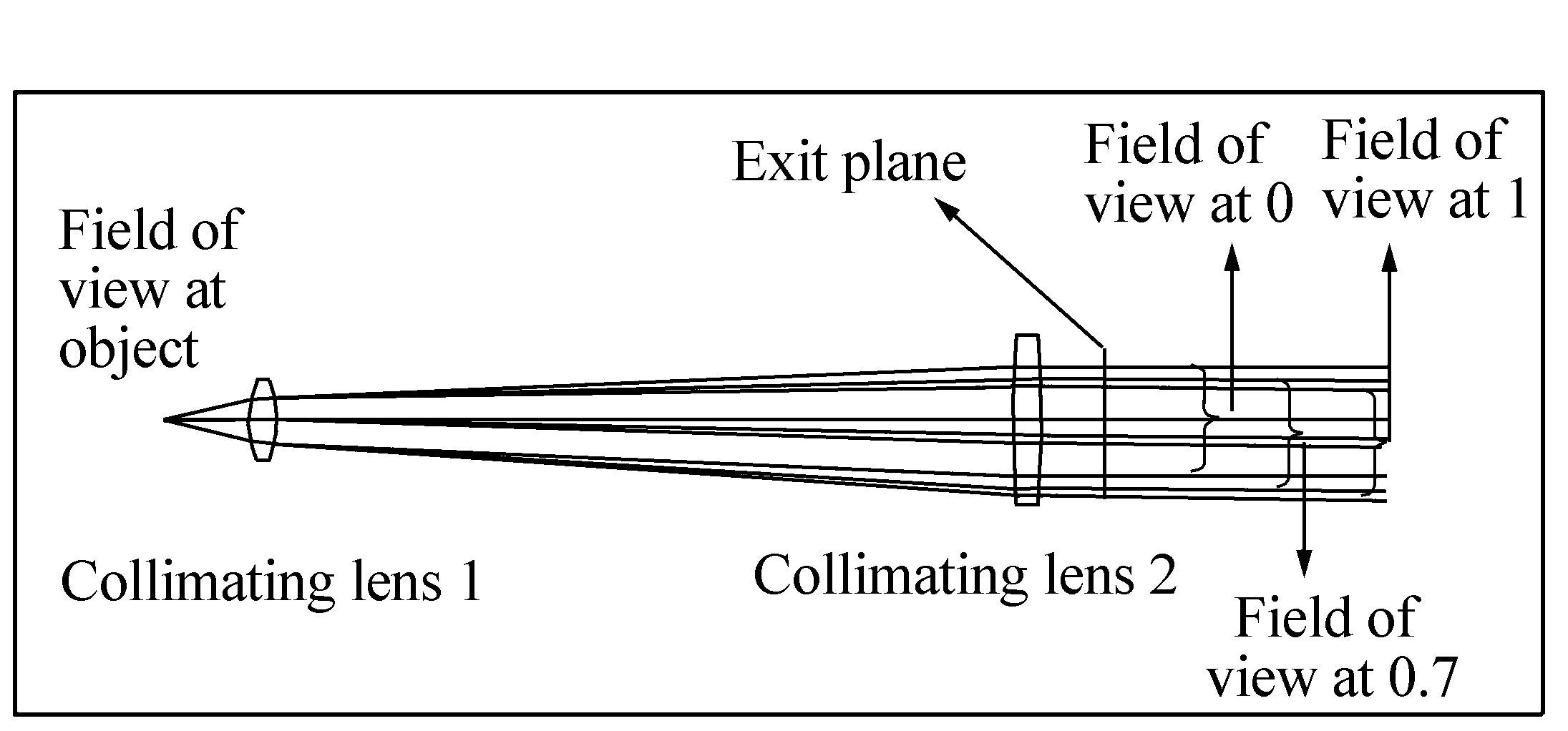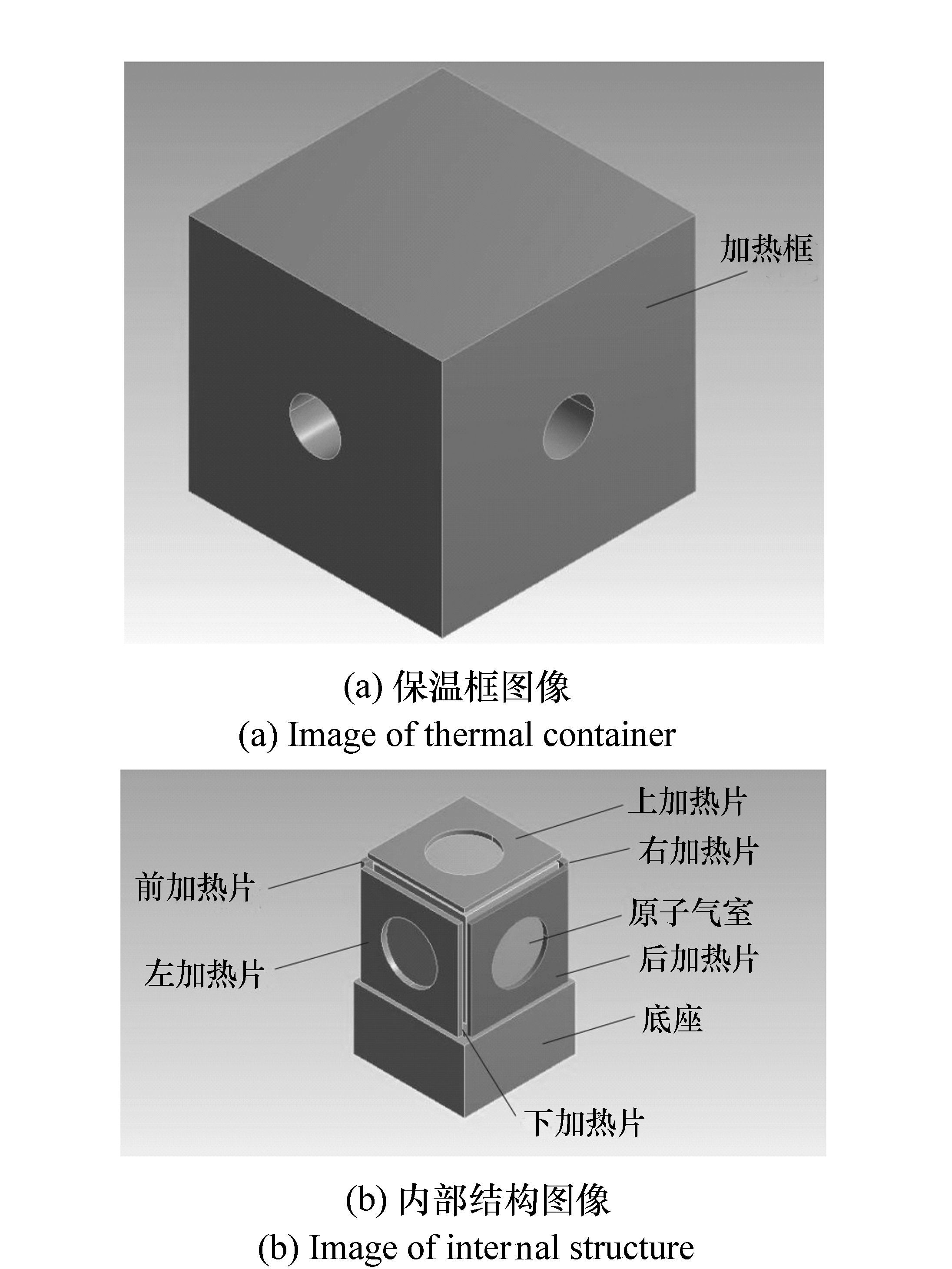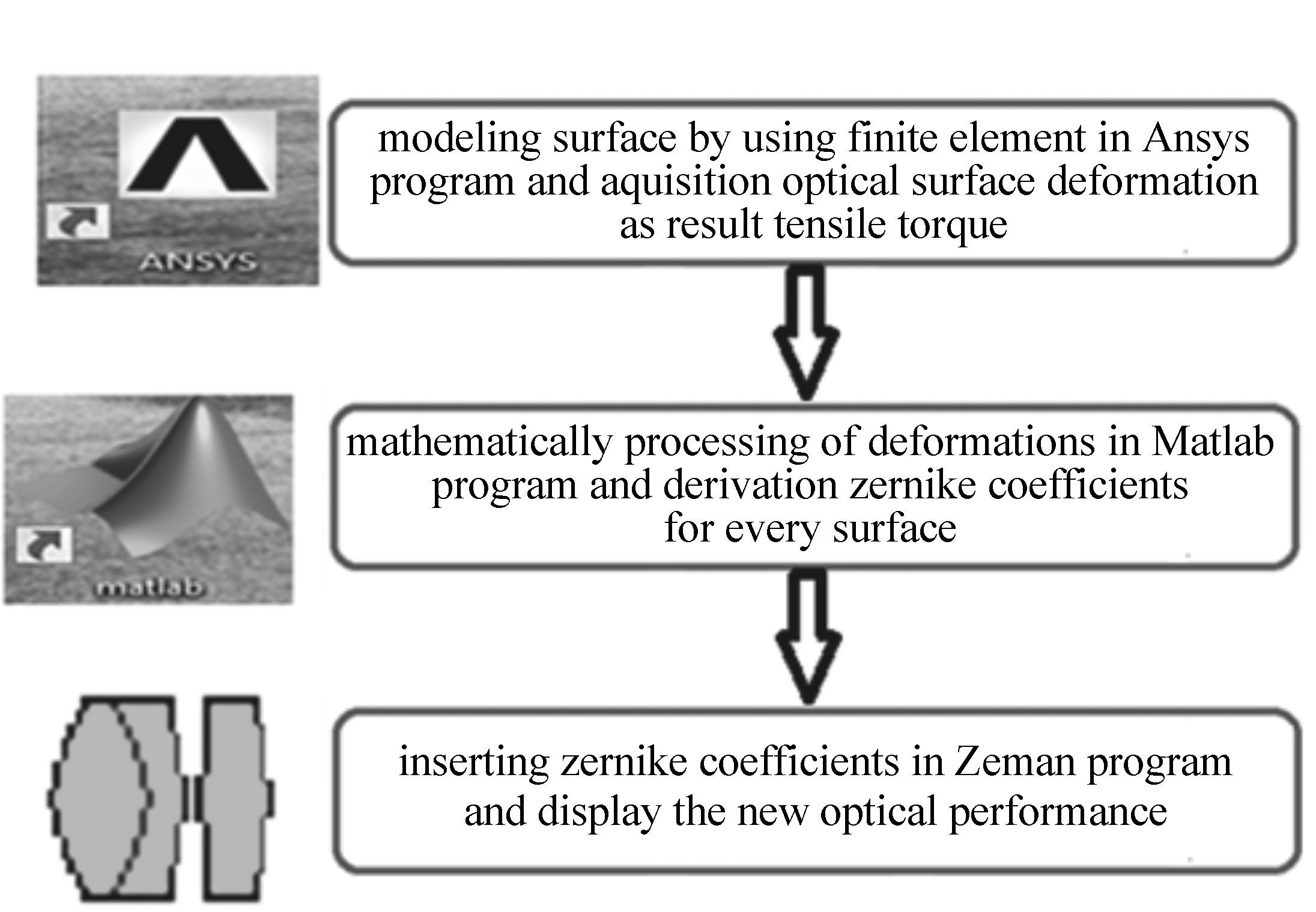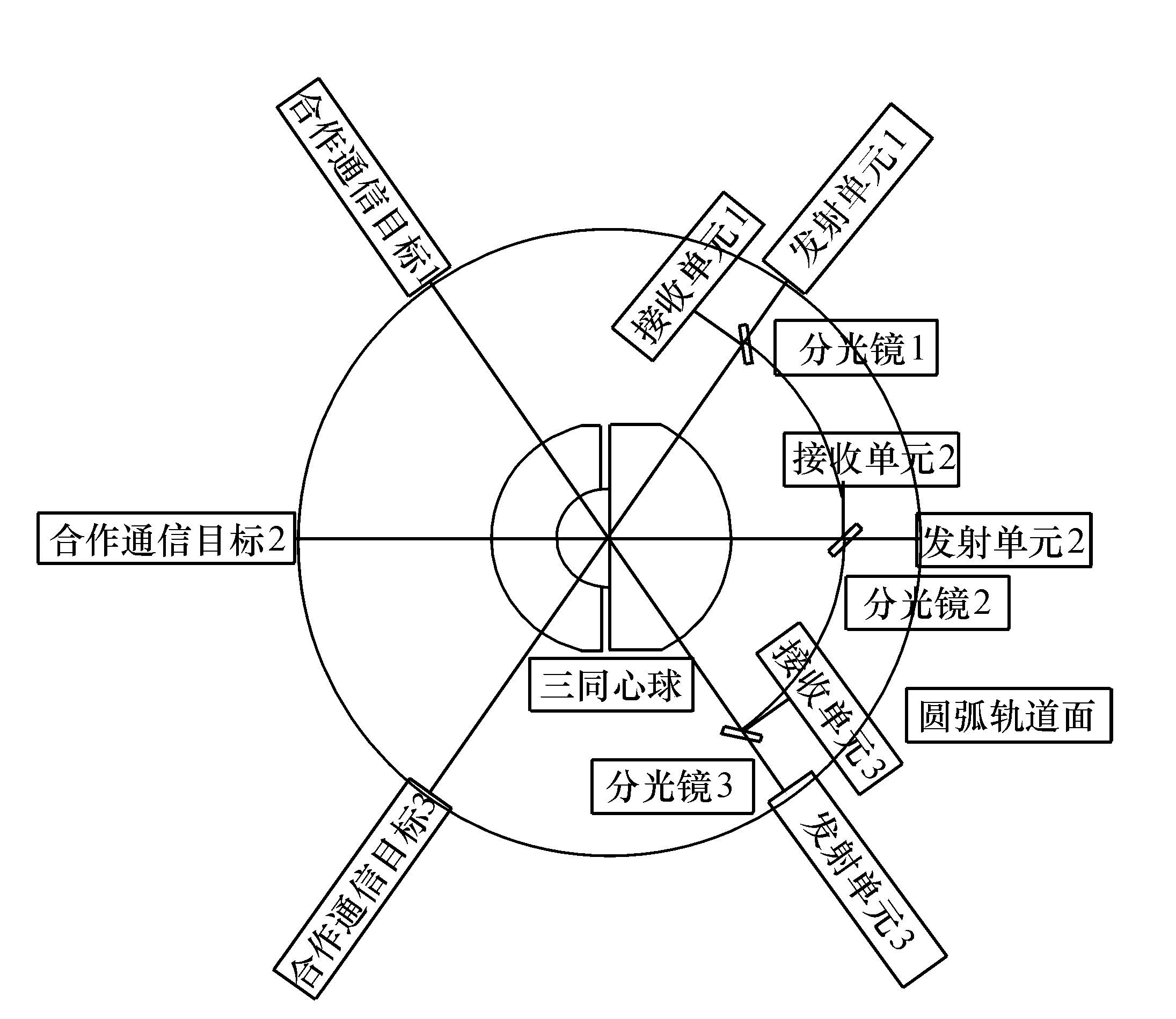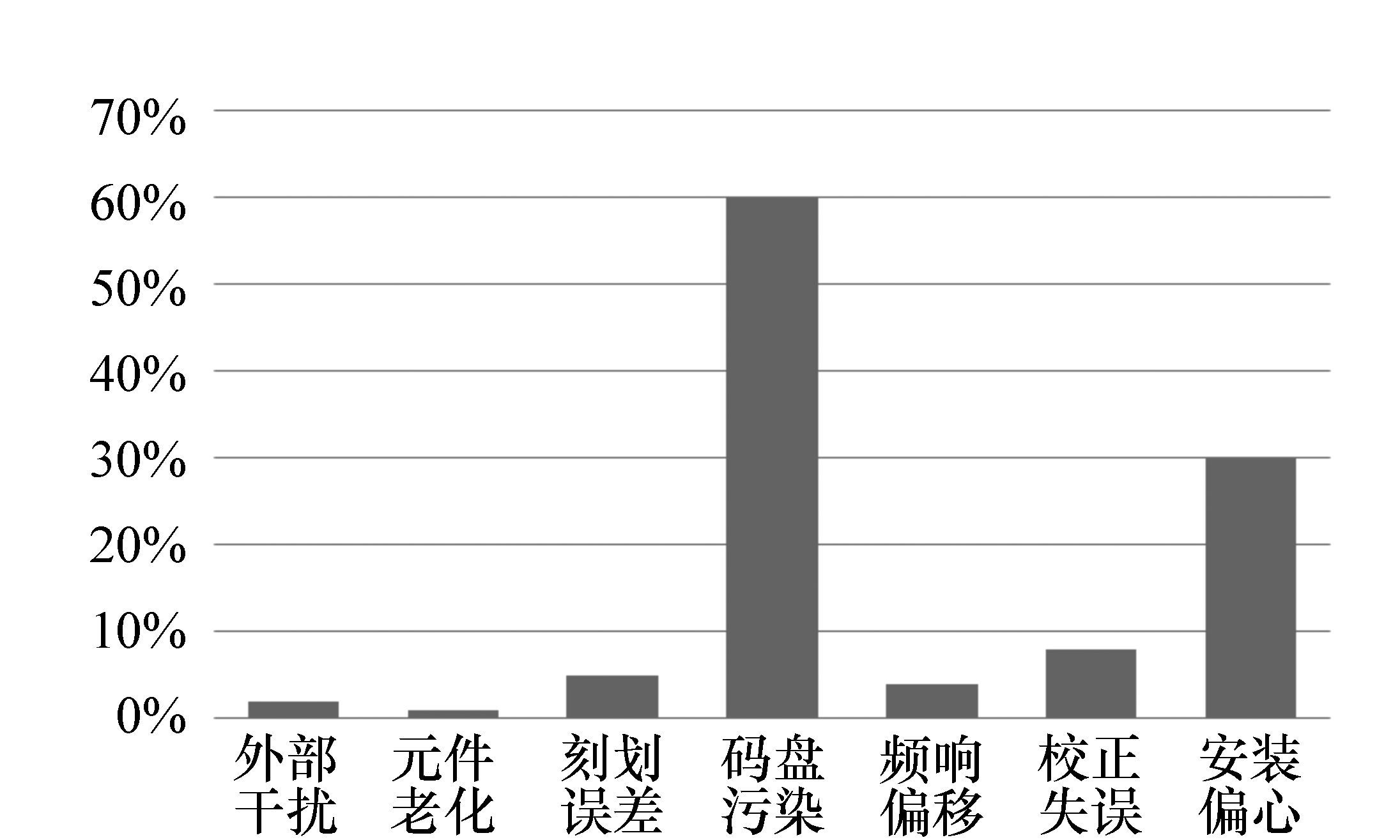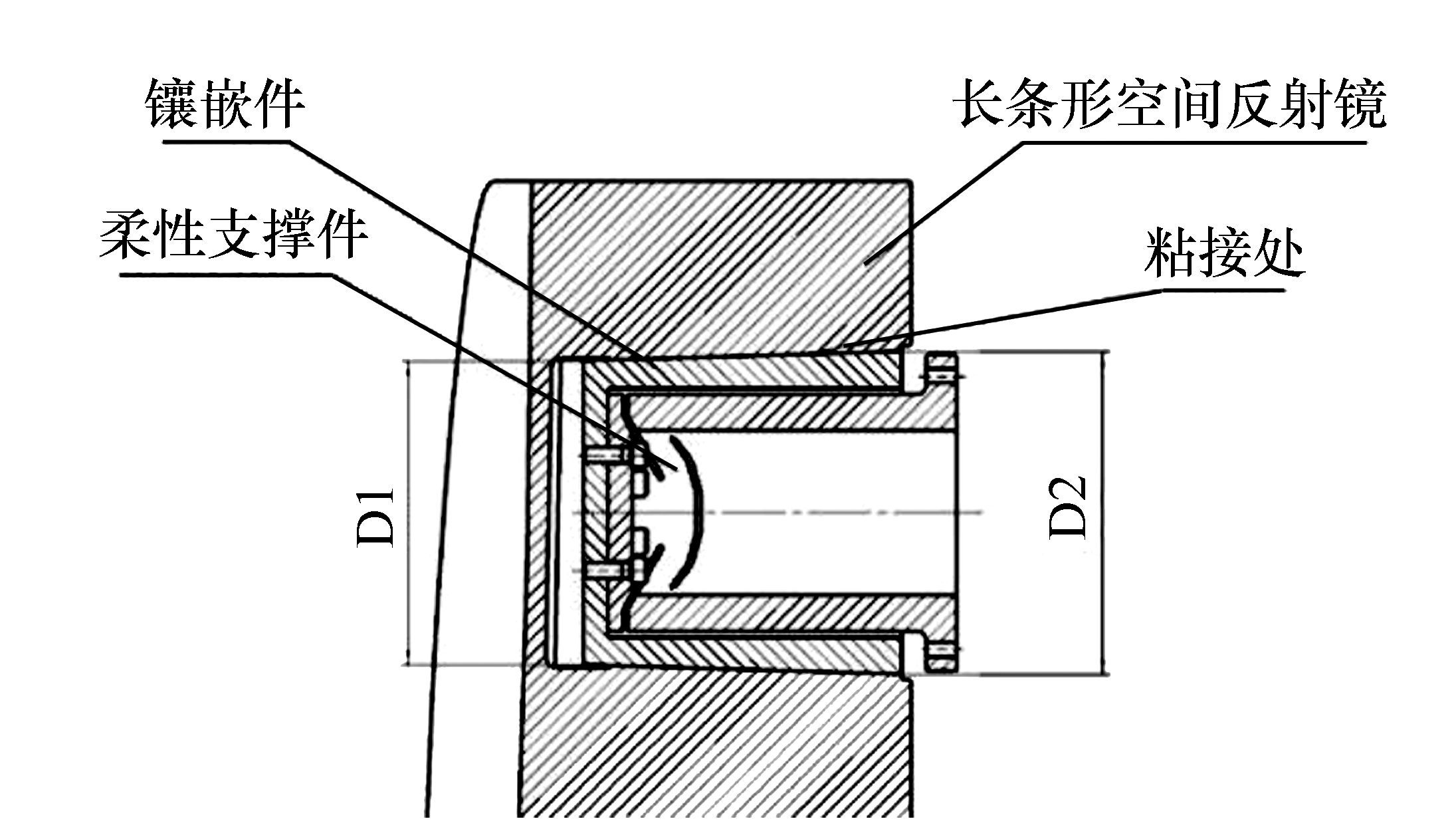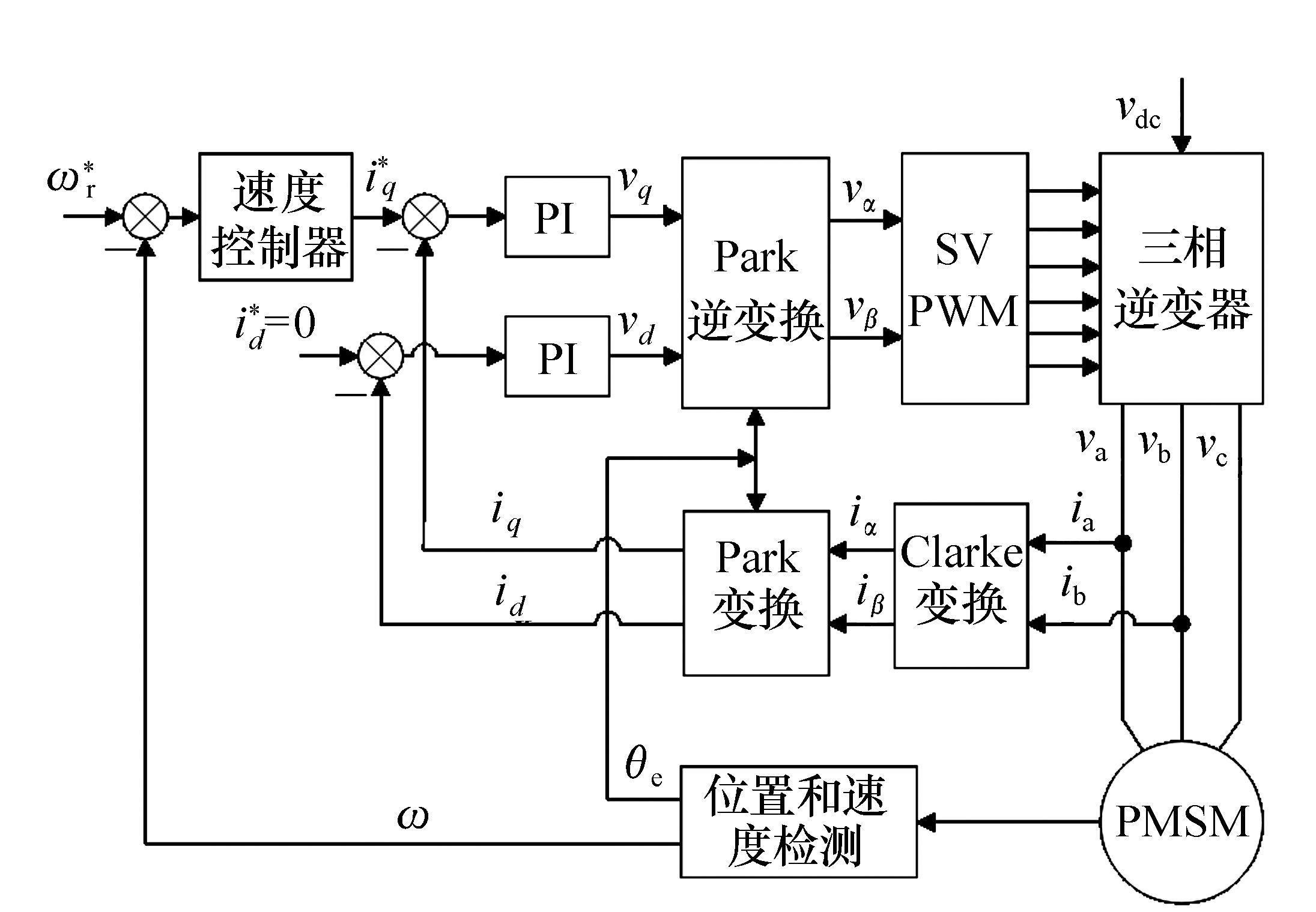2016 Vol. 9, No. 6
2016, 9(6): 615-624.
doi: 10.3788/CO.20160906.0615
Abstract:
Applications of 3~5 μm mid-infrared lasers in many fields such as environmental pollution detection, medical treatment and industry are introduced. The development of typical mid-infrared optical parametric oscillator(OPO) based on ZnGeP2 and MgO:PPLN at home and abroad is summarized in this paper, and the respective advantages and development prospects with different structure of the lasers designed on the two crystals are analyzed. It is indicated that high power and small size OPO is a significant developing direction in the future, and bigger-size infrared crystal and higher performance index of pump sources are the core of the development of OPO. Finally, the development trend of the mid-infrared laser is forecast.
Applications of 3~5 μm mid-infrared lasers in many fields such as environmental pollution detection, medical treatment and industry are introduced. The development of typical mid-infrared optical parametric oscillator(OPO) based on ZnGeP2 and MgO:PPLN at home and abroad is summarized in this paper, and the respective advantages and development prospects with different structure of the lasers designed on the two crystals are analyzed. It is indicated that high power and small size OPO is a significant developing direction in the future, and bigger-size infrared crystal and higher performance index of pump sources are the core of the development of OPO. Finally, the development trend of the mid-infrared laser is forecast.
2016, 9(6): 625-632.
doi: 10.3788/CO.20160906.0625
Abstract:
To solve the space coherence of four inference fringe images by dynamic interferometer with common light paths, we propose a new notion of inference fringe image registration. We detach the conjunction between the inference fringe image and the image registration, and erect the equipment for inference fringe image registration, avoiding the confusion between the inference fringe and the cross wire which can influence the measure precision of dynamic interferometer. First, we realize the physical registration of four CMOS cameras using the equipment for inference fringe image registration. Then, we go along the image registration for the four cross wire images of the depict board by cross wire extraction, intersection point caculation and rotution amount caculation using total least square method, and realize the parallelism between the pix and pix of the dynamic interferometer with common light paths. Last, experimental results show that the proposed registration algorithm can improve the accuracy of registration, which is superior to that of the method of bary center. The method proposed in this paper can achieve the cross-correlation value of over 96%.
To solve the space coherence of four inference fringe images by dynamic interferometer with common light paths, we propose a new notion of inference fringe image registration. We detach the conjunction between the inference fringe image and the image registration, and erect the equipment for inference fringe image registration, avoiding the confusion between the inference fringe and the cross wire which can influence the measure precision of dynamic interferometer. First, we realize the physical registration of four CMOS cameras using the equipment for inference fringe image registration. Then, we go along the image registration for the four cross wire images of the depict board by cross wire extraction, intersection point caculation and rotution amount caculation using total least square method, and realize the parallelism between the pix and pix of the dynamic interferometer with common light paths. Last, experimental results show that the proposed registration algorithm can improve the accuracy of registration, which is superior to that of the method of bary center. The method proposed in this paper can achieve the cross-correlation value of over 96%.
2016, 9(6): 633-641.
doi: 10.3788/CO.20160906.0633
Abstract:
Compared with the ordinary 2D gray and color images, 3D information of target can be obtained by depth image, making the visual identification and human-computer interaction more intelligent. There is no open and real-time method to obtain high quality depth image at low cost at home and abroad. In this paper, based on the principle research on obtaining the depth image by laser speckle, a way to obtain wide range of depth image is presented by laser speckle and the method of template matching. Firstly, the feasibility of the method of template matching is proved in this paper. Then, the formula of depth image is calculated and verified from both theory and experiments. After that, the process of recovering depth image is described in detail, including pretreatment of speckle image and the process of block matching. Finally, the experimental data obtained by this template matching method are given. The experimental results show that the precision can reach 5 mm when the objects is 50 cm far from the camera and 5 cm when the object is 200 cm far from the camera by using the method proposed in this paper, which can satisfy the reguirements of most indoor objects' recognition.
Compared with the ordinary 2D gray and color images, 3D information of target can be obtained by depth image, making the visual identification and human-computer interaction more intelligent. There is no open and real-time method to obtain high quality depth image at low cost at home and abroad. In this paper, based on the principle research on obtaining the depth image by laser speckle, a way to obtain wide range of depth image is presented by laser speckle and the method of template matching. Firstly, the feasibility of the method of template matching is proved in this paper. Then, the formula of depth image is calculated and verified from both theory and experiments. After that, the process of recovering depth image is described in detail, including pretreatment of speckle image and the process of block matching. Finally, the experimental data obtained by this template matching method are given. The experimental results show that the precision can reach 5 mm when the objects is 50 cm far from the camera and 5 cm when the object is 200 cm far from the camera by using the method proposed in this paper, which can satisfy the reguirements of most indoor objects' recognition.
2016, 9(6): 642-648.
doi: 10.3788/CO.20160906.0642
Abstract:
As inorganic additional compositions, graphite and SiO2 have been widely used in ablation coating in the flied of aerospace. Since graphite and SiO2 have high endothermic enthalpy of reaction under high temperature, graphite-SiO2 composite has potential applications in the field of high power laser ablation resistance. At present, there are rare reports about laser ablation behavior of graphite-SiO2, especially the reaction time and ablation threshold. In this paper, the near infrared(NIR) detector was used to detect the scattering light from the irradiated sample surface, and the scattering spectra were processed by differential and fitting method. Based on the scattering signal, the reaction time thresholds of graphite-SiO2 under different power density were studied combining shape structure analysis of samples after ablation. The result shows that when the sample is irradiated by laser 500 W/cm2 for 10 s, there is no mutation abserred in the scattering fitting curve, which indicates that no obvious ablation happened. But when the laser power density increases to 1 000-1 500 W/cm2, the apparent turning point in the scattering fitting curve can be observed. The reaction thresholds are 1.5 s and 0.8 s, respectively. By using the laser scattering light signal from the sample surface, the time threshold value of graphite-SiO2 composite can be effectively characterized.
As inorganic additional compositions, graphite and SiO2 have been widely used in ablation coating in the flied of aerospace. Since graphite and SiO2 have high endothermic enthalpy of reaction under high temperature, graphite-SiO2 composite has potential applications in the field of high power laser ablation resistance. At present, there are rare reports about laser ablation behavior of graphite-SiO2, especially the reaction time and ablation threshold. In this paper, the near infrared(NIR) detector was used to detect the scattering light from the irradiated sample surface, and the scattering spectra were processed by differential and fitting method. Based on the scattering signal, the reaction time thresholds of graphite-SiO2 under different power density were studied combining shape structure analysis of samples after ablation. The result shows that when the sample is irradiated by laser 500 W/cm2 for 10 s, there is no mutation abserred in the scattering fitting curve, which indicates that no obvious ablation happened. But when the laser power density increases to 1 000-1 500 W/cm2, the apparent turning point in the scattering fitting curve can be observed. The reaction thresholds are 1.5 s and 0.8 s, respectively. By using the laser scattering light signal from the sample surface, the time threshold value of graphite-SiO2 composite can be effectively characterized.
2016, 9(6): 649-655.
doi: 10.3788/CO.20160906.0649
Abstract:
AlF3, GdF3 single layers, AR and HR coatings at 193 nm were deposited by ion beam sputtering. The optical properties, microstructural properties and residual stress were investigated by spectral photometer, atomic force microscope and film stress measurement system, respectively. With proper deposition conditions, low loss AlF3, GdF3 films with the extinction coefficients of 1.1×10-4 and 3.0×10-4 can be fabricated. The corresponding refractive indexes are 1.43 and 1.67. At 193 nm, the transmittance of AR coating is 99.6% and the reflectance is almost zero. While the reflectance is 99.2% and the transmittance is 0.1% for HR coating. From the results of stress measurement, AlF3 film presents tensile stress, while GdF3 film has compressive stress. The low growing stress is the major reason for the small residual stress of AlF3 and GdF3 films. The stress of multilayer coatings consisting of these two materials is less than 50 MPa. By designing shadowing masks for a flat and a convex substrate with the radius of curvature of 240 mm, thickness uniformity of both substrates in diameter of 250 mm is better than 97%. AR coating at 193 nm was deposited on the flat substrate with sub-nanometer accuracy surface and the roughness varied from 0.177 nm RMS to 0.219 nm RMS after coating.
AlF3, GdF3 single layers, AR and HR coatings at 193 nm were deposited by ion beam sputtering. The optical properties, microstructural properties and residual stress were investigated by spectral photometer, atomic force microscope and film stress measurement system, respectively. With proper deposition conditions, low loss AlF3, GdF3 films with the extinction coefficients of 1.1×10-4 and 3.0×10-4 can be fabricated. The corresponding refractive indexes are 1.43 and 1.67. At 193 nm, the transmittance of AR coating is 99.6% and the reflectance is almost zero. While the reflectance is 99.2% and the transmittance is 0.1% for HR coating. From the results of stress measurement, AlF3 film presents tensile stress, while GdF3 film has compressive stress. The low growing stress is the major reason for the small residual stress of AlF3 and GdF3 films. The stress of multilayer coatings consisting of these two materials is less than 50 MPa. By designing shadowing masks for a flat and a convex substrate with the radius of curvature of 240 mm, thickness uniformity of both substrates in diameter of 250 mm is better than 97%. AR coating at 193 nm was deposited on the flat substrate with sub-nanometer accuracy surface and the roughness varied from 0.177 nm RMS to 0.219 nm RMS after coating.
2016, 9(6): 656-662.
doi: 10.3788/CO.20160906.0656
Abstract:
Large-size echelle grating has extremely high spectral resolution due to its large aperture and high diffractive order. Generally, echelle grating ruling is performed on a thick Al film. Consequently, the preparation of high-quality large-area thick Al films becomes one of the most important factors to realize a high-performance large-size echelle grating. In the thick Al films deposition process, substrate temperature is the most important technological parameter. In this paper, the thick Al films samples are prepared at different temperatures by electron-beam evaporation technique. Then, the influence of substrate temperature on the Al films quality are analyzed by means of an atomic force microscope and scanning electron microscope. It is found that the average grain size and surface roughness increase rapidly from 264.34 nm, 34.7 nm at 100℃ to 384.97 nm, 58.9 nm at 200℃ and 596.35 nm, 95.1 nm at 300℃. Experimental results show that with an increased substrate temperature, grain size and surface roughness increase sharply and the surface quality of thick Al films degrades seriously.
Large-size echelle grating has extremely high spectral resolution due to its large aperture and high diffractive order. Generally, echelle grating ruling is performed on a thick Al film. Consequently, the preparation of high-quality large-area thick Al films becomes one of the most important factors to realize a high-performance large-size echelle grating. In the thick Al films deposition process, substrate temperature is the most important technological parameter. In this paper, the thick Al films samples are prepared at different temperatures by electron-beam evaporation technique. Then, the influence of substrate temperature on the Al films quality are analyzed by means of an atomic force microscope and scanning electron microscope. It is found that the average grain size and surface roughness increase rapidly from 264.34 nm, 34.7 nm at 100℃ to 384.97 nm, 58.9 nm at 200℃ and 596.35 nm, 95.1 nm at 300℃. Experimental results show that with an increased substrate temperature, grain size and surface roughness increase sharply and the surface quality of thick Al films degrades seriously.
2016, 9(6): 663-670.
doi: 10.3788/CO.20160906.0663
Abstract:
As for the negative influence of false signals and signal saturations caused by stray light in different optical systems, collimating system as an important subsystem is analyzed by combining the imaging illumination analysis and the extinction rings method, and the main causes of stray light are found out. Furthermore, three different structures of extinction rings are designed to eliminate the stray light. The optimal extinction rings structure is selected by a simulation experiment. Simulation results show that the largest degree of inhibition in the edge reaches 0.38% and the average degree of inhibition is 5.68×10-4%. The structure is actually manufactured and is tested by designed experiments. The result shows that stray light inhibition can be effectively realized in collimating system with optimal structure of the extinction ring. Therefore, this method has a reference value in other stray light suppression system.
As for the negative influence of false signals and signal saturations caused by stray light in different optical systems, collimating system as an important subsystem is analyzed by combining the imaging illumination analysis and the extinction rings method, and the main causes of stray light are found out. Furthermore, three different structures of extinction rings are designed to eliminate the stray light. The optimal extinction rings structure is selected by a simulation experiment. Simulation results show that the largest degree of inhibition in the edge reaches 0.38% and the average degree of inhibition is 5.68×10-4%. The structure is actually manufactured and is tested by designed experiments. The result shows that stray light inhibition can be effectively realized in collimating system with optimal structure of the extinction ring. Therefore, this method has a reference value in other stray light suppression system.
2016, 9(6): 671-677.
doi: 10.3788/CO.20160906.0671
Abstract:
In order to study the influences of the heating mechanism on the vapor cell of the nuclear magnetic resonance gyroscope(NMRG), several different heating methods are designed to heat the vapor cell. The finite element analysis software ANSYS is used to establish a temperature field model of the vapor cell, afterwards the model is simplified and finally the steady-state temperature field of the surface is given. Meanwhile, a temperature measurement circuit with the precision of 0.01℃ is made to detect the temperature of different places on the surface of the vapor cell, thus getting the changes of the surface temperature of different methods. The experimental results are compared with the simulation results, and the calculation error turns out to be less than 5%, which verifies the validity of the temperature model. Based on both of the experimental and simulation results, and after comparison of temperature field of the vapor cell surface through different heating methods, the best heating method is given, which can makes the most uniform temperature field of the vapor cell surface.
In order to study the influences of the heating mechanism on the vapor cell of the nuclear magnetic resonance gyroscope(NMRG), several different heating methods are designed to heat the vapor cell. The finite element analysis software ANSYS is used to establish a temperature field model of the vapor cell, afterwards the model is simplified and finally the steady-state temperature field of the surface is given. Meanwhile, a temperature measurement circuit with the precision of 0.01℃ is made to detect the temperature of different places on the surface of the vapor cell, thus getting the changes of the surface temperature of different methods. The experimental results are compared with the simulation results, and the calculation error turns out to be less than 5%, which verifies the validity of the temperature model. Based on both of the experimental and simulation results, and after comparison of temperature field of the vapor cell surface through different heating methods, the best heating method is given, which can makes the most uniform temperature field of the vapor cell surface.
2016, 9(6): 678-686.
doi: 10.3788/CO.20160906.0678
Abstract:
High performance optical systems are characterized by high sensitivity to assembly procedure of the system and to any sensible change in environmental conditions. This sensitivity issue is handled in this paper through a methodology allowing a computational prediction of optical performance when the opto-mechanical system is subject to some external factors. This paper explains the methodology through an example of an optical objective of excellent performance undergoing static mechanical stresses which degrade the performance expressed by an MTF diagram. Then the objective is manufactured, assembled, and an optical interferometer is used to test the objective when stress is retained; and the experimental results of degraded MTF are compared to the analytical MTF. The excellent matching between the two sets of results confirms the validity of the proposed methodology.
High performance optical systems are characterized by high sensitivity to assembly procedure of the system and to any sensible change in environmental conditions. This sensitivity issue is handled in this paper through a methodology allowing a computational prediction of optical performance when the opto-mechanical system is subject to some external factors. This paper explains the methodology through an example of an optical objective of excellent performance undergoing static mechanical stresses which degrade the performance expressed by an MTF diagram. Then the objective is manufactured, assembled, and an optical interferometer is used to test the objective when stress is retained; and the experimental results of degraded MTF are compared to the analytical MTF. The excellent matching between the two sets of results confirms the validity of the proposed methodology.
2016, 9(6): 687-694.
doi: 10.3788/CO.20160906.0687
Abstract:
According to unique tracking mode, the specific tracking program of three concentric spherical optical system which used in laser communication is discussed. By analyzing field of view and precision in the communication tracking optical path and the communication receiving optical path, the main relating parameters are given on the basis of theoretical calculation of tracking trajectory with Matlab. Using the software of Tracepro, the optical simulation of spot centroid and spot size of image plane in communication tracking optical path and the communication receiving optical path are performed after the introduction of relevant error. The simulation results show that centroid deviation of communication reception and communication tracking are in the ranges of ±4 μm and ±50 μm, respectively. Spot diameter deviation of communication reception and communication tracking are less than 80 μm and 400 μm respectively, which do not affect the relating function on tracking and communicating.
According to unique tracking mode, the specific tracking program of three concentric spherical optical system which used in laser communication is discussed. By analyzing field of view and precision in the communication tracking optical path and the communication receiving optical path, the main relating parameters are given on the basis of theoretical calculation of tracking trajectory with Matlab. Using the software of Tracepro, the optical simulation of spot centroid and spot size of image plane in communication tracking optical path and the communication receiving optical path are performed after the introduction of relevant error. The simulation results show that centroid deviation of communication reception and communication tracking are in the ranges of ±4 μm and ±50 μm, respectively. Spot diameter deviation of communication reception and communication tracking are less than 80 μm and 400 μm respectively, which do not affect the relating function on tracking and communicating.
2016, 9(6): 695-703.
doi: 10.3788/CO.20160906.0695
Abstract:
Error detection is an important procedure during large quantity production of photoelectric encoder. At present, such error is mostly detected manually by judging sequences from binary LED arrays. This method is of low efficiency and extra error due to manual work, especially when large quantity is concerned. Given the defects of current methods, an auto-detection system for photoelectric encoder is designed in this paper. Firstly, the main reasons for the error are analyzed, and then an auto-detection method is proposed by adopting differential after referring to present works method. Lastly, an auto-detection system is established, utilizing a FPGA control chip. The system is capable of swift data acquisition and procession and its outcomes can be transported to a computer or displayed on a LCD. Experimental results show that the system is suitable for 15 bit series or parallel interface in different speeds. The system is intelligent, swift, portable and suitable for laboratory and other work situations, and the detection efficiency has been improved by 3-5 times.
Error detection is an important procedure during large quantity production of photoelectric encoder. At present, such error is mostly detected manually by judging sequences from binary LED arrays. This method is of low efficiency and extra error due to manual work, especially when large quantity is concerned. Given the defects of current methods, an auto-detection system for photoelectric encoder is designed in this paper. Firstly, the main reasons for the error are analyzed, and then an auto-detection method is proposed by adopting differential after referring to present works method. Lastly, an auto-detection system is established, utilizing a FPGA control chip. The system is capable of swift data acquisition and procession and its outcomes can be transported to a computer or displayed on a LCD. Experimental results show that the system is suitable for 15 bit series or parallel interface in different speeds. The system is intelligent, swift, portable and suitable for laboratory and other work situations, and the detection efficiency has been improved by 3-5 times.
2016, 9(6): 704-712.
doi: 10.3788/CO.20160906.0704
Abstract:
In order to realize the athermal assembling of rectangular special mirror with large dimension of 1 200 mm×485 mm, and reduce the effect of hot stress on primary mirror's surface figure precision, the effect of epoxy thickness on the surface figure accuracy of the mirror and the stress of epoxy under static and dynamic conditions are researched. First of all, several already existing athermal adhesive thickness equations obtained based on Hooke's law are introduced. The athermal adhesive thickness equations of the primary mirror which has blind holes with taper in the back is developed, and the curve of athermal adhesive thickness is obtained. Then six modes of mirror with different adhesive thickness are made. The result of analysis shows that the mirror's RMS are 0.0178λ(optical value) and 0.0173λ(gravity in detecting's directions) under 5℃ uniform temperature rise when the epoxy thickness is 0.07 mm. Finally, vibration tests of mirror components and drawing test of epoxy are conducted. Analysis and experiment results indicate that its first order frequency is 216.4 Hz and the error between them is 1.71%. The maximum stress of epoxy under dynamic conditions is smaller than the shear strength which is 30.2 MPa, obtained through drawing test of Epoxy, and the safety margin is 2.46. All indicators meet the design requirements.
In order to realize the athermal assembling of rectangular special mirror with large dimension of 1 200 mm×485 mm, and reduce the effect of hot stress on primary mirror's surface figure precision, the effect of epoxy thickness on the surface figure accuracy of the mirror and the stress of epoxy under static and dynamic conditions are researched. First of all, several already existing athermal adhesive thickness equations obtained based on Hooke's law are introduced. The athermal adhesive thickness equations of the primary mirror which has blind holes with taper in the back is developed, and the curve of athermal adhesive thickness is obtained. Then six modes of mirror with different adhesive thickness are made. The result of analysis shows that the mirror's RMS are 0.0178λ(optical value) and 0.0173λ(gravity in detecting's directions) under 5℃ uniform temperature rise when the epoxy thickness is 0.07 mm. Finally, vibration tests of mirror components and drawing test of epoxy are conducted. Analysis and experiment results indicate that its first order frequency is 216.4 Hz and the error between them is 1.71%. The maximum stress of epoxy under dynamic conditions is smaller than the shear strength which is 30.2 MPa, obtained through drawing test of Epoxy, and the safety margin is 2.46. All indicators meet the design requirements.
2016, 9(6): 713-720.
doi: 10.3788/CO.20160906.0713
Abstract:
In order to improve the low speed performance of large telescope drived by permanent magnet synchronous motor(PMSM), an adaptive sliding mode controller(ASMC) is designed to suppress the uncertainty of system parameters and external disturbance. In order to optimize the parameters of the ASMC and shorten the system test period, an integrated model is built, which is based on the identified plant model and system inner nonlinear factor models. System simulation and experimental results show that the ASMC has the advantages of better robustness to the uncertainty of system parameters, external disturbance and noise, and has better performance for low speed control of large telescope.
In order to improve the low speed performance of large telescope drived by permanent magnet synchronous motor(PMSM), an adaptive sliding mode controller(ASMC) is designed to suppress the uncertainty of system parameters and external disturbance. In order to optimize the parameters of the ASMC and shorten the system test period, an integrated model is built, which is based on the identified plant model and system inner nonlinear factor models. System simulation and experimental results show that the ASMC has the advantages of better robustness to the uncertainty of system parameters, external disturbance and noise, and has better performance for low speed control of large telescope.


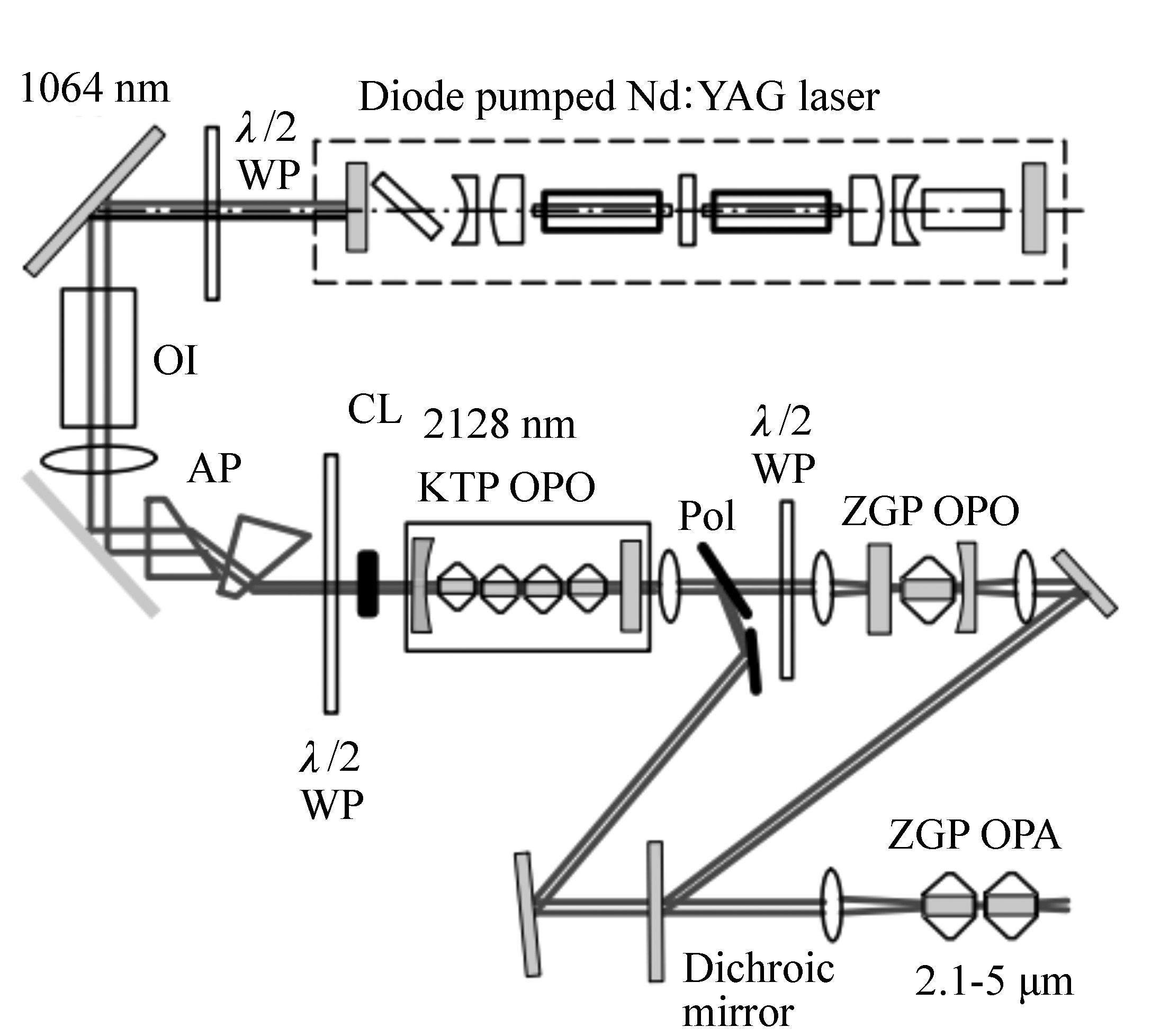
 Abstract
Abstract FullText HTML
FullText HTML PDF 2511KB
PDF 2511KB